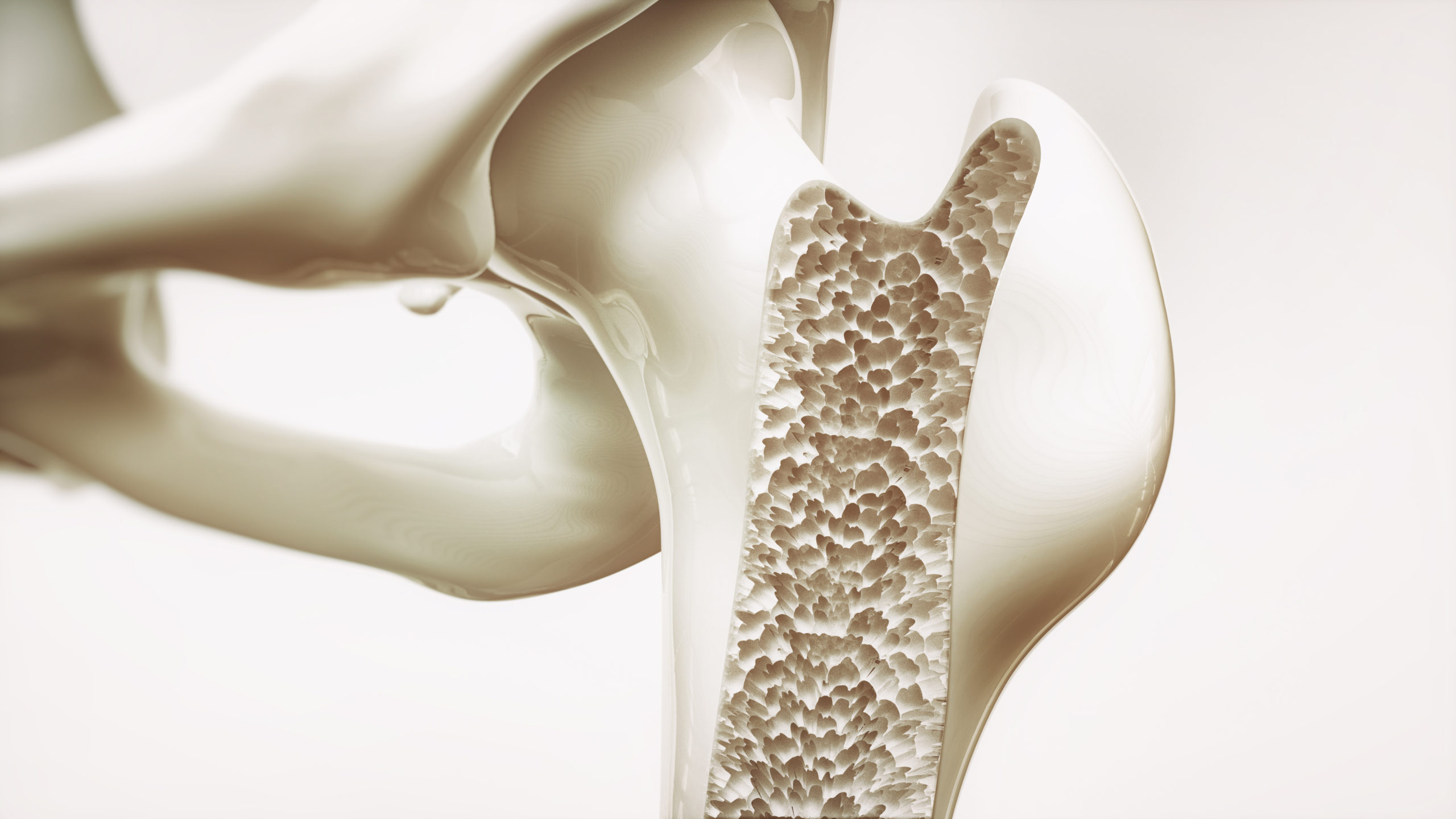
Physiotherapy is a healthcare profession that addresses a wide range of sports, musculoskeletal, neurological, and cardiorespiratory conditions. Physiotherapists are experts in human movement and function, utilising their knowledge of anatomy, physiology, and biomechanics to assess, diagnose, and treat individuals of all ages and abilities.
When you make an appointment with a physiotherapist, they will usually start by asking you about your main concern and your medical history related to it. This helps them to understand why you’re seeking treatment, your medical background, and any previous treatments you may have had. Read more



 Type 2 diabetes is a condition that is rapidly increasing in prevalence with an average of 165 new diagnoses every day in Australia. However, the good news is that lifestyle interventions, such as regular physical activity, can play a significant role in both preventing and managing this condition. In this blog, we will delve into the importance of exercise and how the expertise of exercise physiologists and physiotherapists can be instrumental in the prevention, management, and treatment of type 2 diabetes.
Type 2 diabetes is a condition that is rapidly increasing in prevalence with an average of 165 new diagnoses every day in Australia. However, the good news is that lifestyle interventions, such as regular physical activity, can play a significant role in both preventing and managing this condition. In this blog, we will delve into the importance of exercise and how the expertise of exercise physiologists and physiotherapists can be instrumental in the prevention, management, and treatment of type 2 diabetes. 





